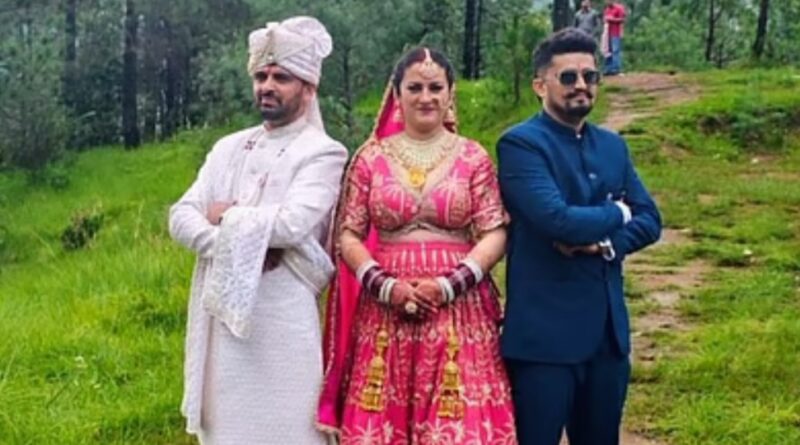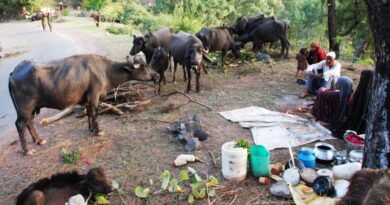In the Hills of Himachal, a Rare Wedding Celebrates Ancient Tribal Tradition
In a quiet village nestled in the Trans-Giri region of Himachal Pradesh, a wedding unlike most others recently took place—one that drew hundreds of curious and celebratory onlookers. Sunita Chauhan, a young woman from Kunhat village, married two brothers, Pradeep and Kapil Negi, in a ceremony rooted in the centuries-old tradition of polyandry practiced by the Hatti tribe.
The three-day celebration, held in Shillai village starting July 12, was filled with vibrant folk music, traditional dances, and rituals that honored the tribe’s cultural heritage. Videos of the event have since gone viral, sparking conversations across social media about the enduring customs of India’s tribal communities.
Sunita, speaking with quiet confidence, said her decision was made freely and with full awareness of the tradition. “I respect the bond we’ve formed,” she said, adding that the marriage was based on mutual understanding and love.
Pradeep, who works in a government department, and Kapil, employed abroad, echoed her sentiments. “We followed the tradition publicly because we’re proud of it,” said Pradeep. Kapil added, “Even though I live abroad, this marriage ensures support, stability, and love for our wife as a united family.”
Polyandry, though rare today, has deep roots in the Hatti community, which was officially recognized as a Scheduled Tribe three years ago. Historically, the practice helped prevent the division of ancestral land and fostered unity within joint families. In recent years, however, such marriages have become less common, often taking place quietly and with fewer public celebrations.
Elders in the village say that while polyandry is still accepted socially, rising literacy and economic development have led to a decline in its practice. Yet, in places like Badhana village, five such marriages have occurred in the past six years.
Kundan Singh Shastri, general secretary of the Kendriya Hatti Samiti, explained that the tradition—known locally as “Jajda”—was designed to preserve land, promote brotherhood, and ensure security in tribal life. “Managing scattered agricultural lands in hilly terrain requires a strong, united family,” he said.
The wedding ceremony itself was steeped in local customs. The bride arrived in a procession, and a ritual called “Seenj” was performed at the groom’s home. A local priest chanted mantras in the native language, sprinkled holy water, and offered jaggery to the couple, blessing them with sweetness and harmony in their married life.
As traditions evolve and modernity reshapes rural India, this wedding stands as a poignant reminder of the cultural richness that still thrives in its remote corners.



